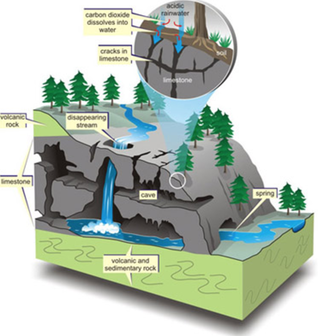|
This week's science topic of caves was suggested by one of the students for us. Caves are formed when are usually made when water runs over soft rock, such as limestone. The acid in the water slowly eats away the limestone, making a hole. The hole gets larger and larger. If the water finds a new path, the cave is left dry.
As you can see in the photos there were a few caves beginning to form in the cups where the sugar was washed away by the 'rain'. However, as can happen sometimes in science experiments, it doesn't always work out exactly as planned!
As mentioned above if the water finds a new path out the cave is left dry. Unfortunately in our caves the holes made at the bottom weren't big enough and our caves were definitely underwater caves. But we learnt the cave formation process and scientists learn both from observations and mistakes in their experiments. And we had a lot of fun with the messiness as well.
0 Comments
Leave a Reply. |
On WEDNESDAY lunchtimes Year 2-6 students come together to learn about scientific concepts. Archives
November 2017
|
| St Albans' Science Club |
|

 RSS Feed
RSS Feed
